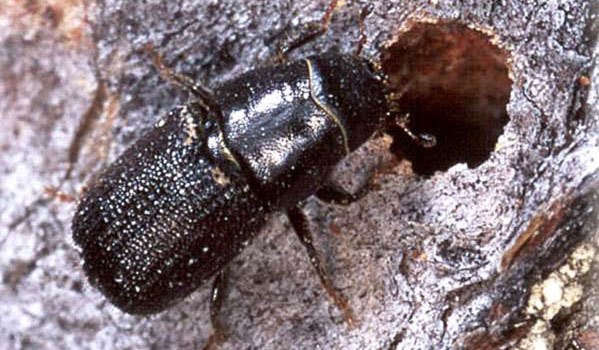VICTORIA – There was a flurry of excitement in the B.C. legislature last week, as Delta South independent MLA Vicki Huntington released documents suggesting that a multinational manufacturing company continued to buy up B.C. farms for carbon offsets after they said last June they would stop.
False alarm, as it turns out. Agriculture Minister Norm Letnick clarified that three more farms in the Peace and Cariboo region had indeed been bought, but the company was merely following legal advice to close deals on farms that it had already agreed to purchase.

The company, British-based cleaning product and pharmaceutical maker Reckitt Benckiser (RB) confirmed this. A company official reiterated that its program to buy farms and replant them with trees is suspended.
By the time the B.C. government became aware of this global public relations scheme, thanks to the work of NDP MLA Lana Popham and others, about 10,000 hectares of farmland was already planted with seedlings. RB initially said they were buying up abandoned and unproductive farms, but local government officials disputed that.
RB soon realized that undermining already precarious farming communities was going to provide the opposite of the green publicity they sought, at least in B.C. The company told me it is now looking to switch its carbon offset program to replanting forest areas depleted by pine beetle and fire.
I’ll believe that when I see it, but on the face of it, this sounds almost as questionable as converting farmland back to forests. Pine forests need fire to regenerate, so fires have been part of the regeneration of the ecosystem since the retreat of the last Ice Age.
Beetle-kill areas are already coming back, and they were never completely denuded in any case, so the notion of manual planting these areas seems impractical. Most are now criss-crossed with deadfall and all but impassible.
Another situation that received little public attention was a report issued late this summer by the B.C. Forest Practices Board about forest stewardship plans.
The board reviewed 43 stewardship plans from all regions of B.C., prepared as required under provincial law by forest tenure holders on Crown land. They are supposed to deal with things like where roads go and how streams are protected.
This is the management system put in place in 2003, when the B.C. Liberal government changed its approach to forest management. Gone was the NDP’s infamous seven-volume “Forest Practices Code,” which attempted to micromanage every detail of a timber licence, right down to inspecting for litter left at a logging site.
In came “results-based” forest management, where licence holders had to produce a plan showing stream protection and other values. The Forest Practices Board has found these plans often aren’t good for much, although results are generally good when they follow up with on-the-ground audits of actual timber harvest areas.
The investigation found that many of the plans cover “vast and overlapping areas of the province, and were written using legal language that makes them very difficult for public understanding or review.” Little has changed since a similar finding in 2006.
During that time, the forests ministry was turned into Forests, Lands and Natural Resource Operations, with greatly increased responsibility over wildlife, mining, gas drilling and so on.
Columbia River-Revelstoke MLA Norm Macdonald, who traveled the province as NDP forests critic in recent years, says the problem now is there just aren’t enough people on the ground to assess what’s going on in our huge expanse of Crown land.
Meanwhile the city media covers professional protesters issuing demands about the Walbran Valley.
Tom Fletcher is legislature reporter and columnist for Black Press. Twitter: @tomfletcherbc
